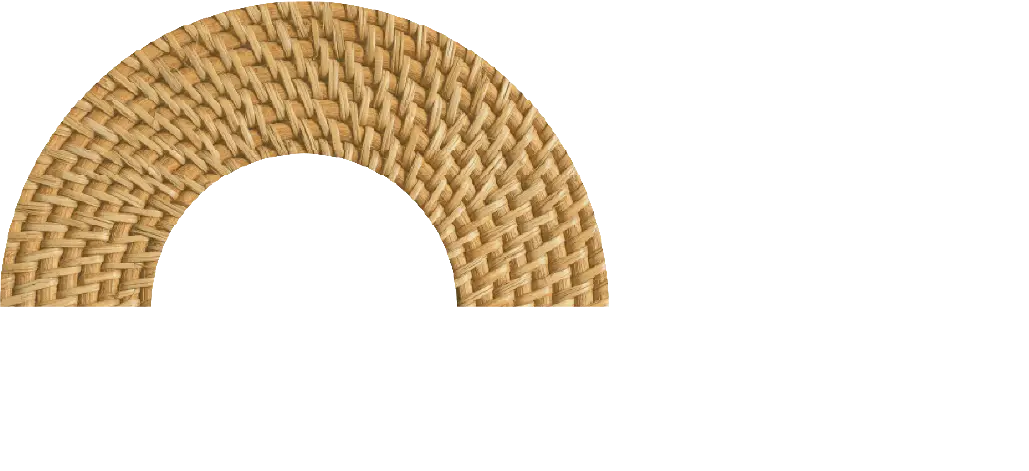Chaga is a mushroom that grows on birch trees in the temperate and Boral forests of the Northern Hemisphere. Unlike typical mushrooms, which have caps and stems, chaga appears as a dark, crusty mass resembling charcoal. This unique fungus can live up to 80 years on its host tree, only producing fruiting bodies after the tree dies, allowing it to thrive for an additional six years.
For centuries, chaga has been an integral part of the cultural and medicinal practices of Indigenous communities around the world. Traditionally harvested in the coldest winter months, chaga mushrooms began attracting attention over the past few decades due to their health benefits. Some early animal and lab studies have shown promising results for strengthening the immune system and reducing inflammation, among other benefits.
Despite its potential benefits, chaga faces a serious threat from overharvesting and commercialization. As demand for this medicinal fungus increases, it is essential to adopt ethical harvesting practices, not only for the chaga itself, but for the birch trees it depends upon.
Here are some key guidelines for responsible and sustainable chaga harvesting:
- Know the land: Always seek permission before harvesting on private or community lands and ensure the ecosystem is healthy.
- Timing matters: The ideal time to forage for chaga is during the coldest months of winter (January through March), when the fungus is most potent.
- Practice selective harvesting: Take only what will be used, leaving behind at least one-third of the chaga mass to allow for regeneration. If the entire chaga is removed from the host tree, the tree will succumb to infection or disease and die. Avoid harvesting chaga that is moldy, shows signs of contamination, or is littered with bugs or larvae.
- Avoid tree damage: Target healthy, living trees and never remove the tree bark during harvest. Avoid harvesting from dead or fallen trees, as the chaga may be contaminated.
- Choose wisely: Harvest chaga the size of a grapefruit or larger, as larger specimens contain higher concentrations of antioxidants and beneficial plant compounds.
- Respect nature: Always approach harvesting with reverence for the tree and the environment, ensuring enough chaga remains for further growth. Chaga is extremely slow growing and can take up to 15 years before reaching a harvestable size.
- Stay clear of contaminated areas: Do not harvest from locations near industrial sites or those showing signs of contamination.
By following these guidelines, we can help preserve this remarkable fungus for future generations while honoring its cultural significance and ecological importance. Responsible chaga harvesting benefits the environment and deepens our connection with nature and the rich traditions of Indigenous communities. As we enjoy the benefits of chaga, let us ensure we do so in a way that respects the delicate balance of our ecosystems and honors the stewardship practices of our Indigenous ancestors.



